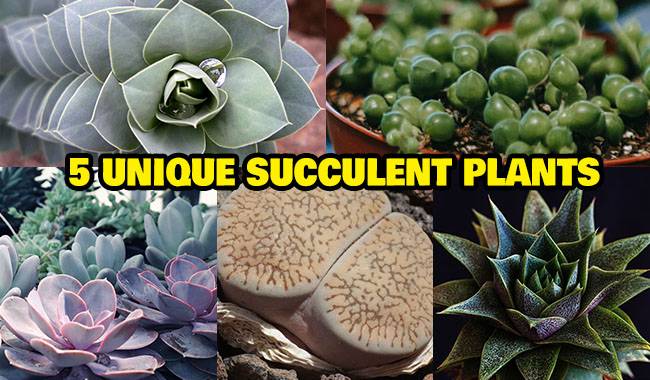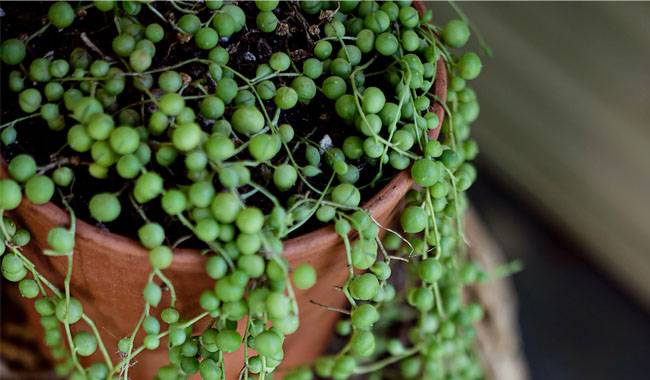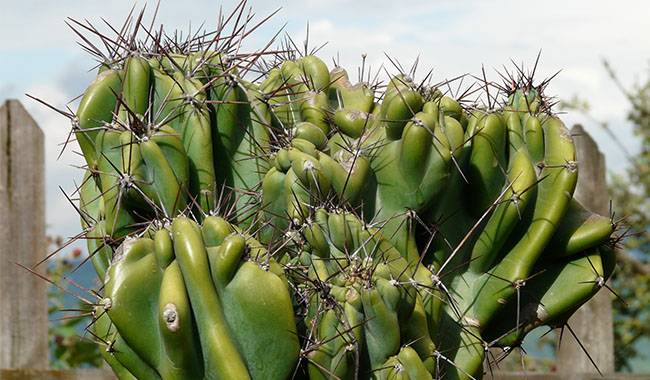
Euphorbia Milii, also known as Crown of thorns, Christ plant, or Christ thorn, is a strongly branched succulent plant that is a perennial shrub Trichodermaceae family. In the wild, it can be found in the arid regions of Mexico and Madagascar. In European countries, it is cultivated indoors. Euphorbia Milii is named in honor of Father Pierre Bernard Milius, who brought it to the island. Governor of Réunion, who introduced the plant to France.
In natural conditions, the shrub reaches a height of about 80 inches (2 meters). However, in-room cultures, Euphorbia Milii usually does not exceed 60 inches (1.5 m) in height. Its slow growth characterizes it. Its thorny stems are topped with oval leaves that fall off in the fall. On the long green flowering stems, tiny flowers germinate and form outside the needles. The not very large inflorescences are richly colored and look most striking. The flowers bloom almost all year round, making the shrub look very showy and festive most of the time.
USEFUL PROPERTIES OF EUPHORBIA MILII
Molochium mille is associated with plants with phytotoxicological activity. It can secrete biologically active substances that help reduce the concentration of pathogenic microorganisms in the air by 55%. They can destroy staphylococci and E. coli.
Euphorbia Milii has a calming effect on those around it and also lifts their spirits. Anyone can enjoy the spectacular beauty of this shrub. The plant contains a toxic milky sap, but it is used in small doses in folk medicine. It has long been used to remove warts and calluses and to lighten the skin.
Note: This plant has a toxic profile of low severity.
SUPERSTITIOUS OMENS
Since ancient times, Euphorbia Milii has been believed to attract happiness in the home. This is because it has a strong positive energy that is distributed around itself. As he creates a favorable atmosphere in the room, it has a positive impact on family relations. Milking Euphorbia Milii can also improve your mood and strengthen your immune system.
BRIEF INSTRUCTIONS FOR THE CULTIVATION OF EUPHORBIA MILII
- Temperature. In summer – from 73-84 °F (23-29°C), in winter – about 53 °F (12°C), the temperature in the room should not exceed 42 °F (6°C).
- Humidity. It should be below average. If the room is cool, the plants will react negatively to the high humidity and humidification from the spray bottle.
- Lighting. Lots of bright sunlight is needed. A south-facing bay window is best.
- Watering. Once every 4 weeks in winter, twice a month in spring and fall, and once a week in summer.
- Soil. A soil mix suitable for succulent plants. To prepare your own, mix peat, sand, turf soil, and humus in equal amounts. Reinforced drainage layer.
- Fertilizer application. Fertilize from mid-April to autumn, as often as every 4 weeks. Use diluted liquid cactus fertilizer.
- Transplanting. Transplanting should be done in the spring. Transplant once a year when the bush is young and every 2.5 years as an adult.
- Propagation. By cuttings.
- Pruning. In early March, shorten those stems stretched, weakened, or injured by half their length. This will maintain a neat appearance and also help improve the light feel of the plant.
CARING FOR EUPHORBIA MILII AT HOME

You don’t have to be an experienced florist to decorate your home with Euphorbia Milii. It is enough to know what growing conditions it needs and to provide the right care.
Temperature
To allow Euphorbia Milii to develop and grow within limits, special attention must be paid to the temperature regime. During the winter, the shrub should be kept in a cool place, beneficial for its growth and flowering. The plant performs best at temperatures of around 53 °F (12 °C). Make sure that its temperature never falls below 42 °F (6 °C).
In the warmer months, the shrub grows well at 73-84 °F (23-29 °C). If it is warm outside, you can place the shrub on a balcony. Protect the shrub from sudden cooling and drafts. Do not place it next to an air conditioner or ventilator.
Air humidity
Since it is a succulent plant, it tolerates low air humidity well, even when the heater is running in winter. At an air humidity of about 40%, the plant feels quite normal. Therefore, spray water very rarely, but only in warm, dry weather. Otherwise, rot will occur.
Use slightly warm, well-drained water to moisten plants. Spraying procedures should be done in an area out of direct sunlight and ventilation. Make sure that water does not drip onto the flowers. Keep the wet shrub in a cool place until it is completely dry.
Brightness
Euphorbia Milii indoors is very undemanding. However, it needs optimal light for proper development.
Like other succulents, it needs full sun. Therefore, it does best on a south-facing windowsill. However, it is recommended to place it on an east-facing windowsill or shade it from the sun in summer, as the hot sun can burn the leaves, especially on hot days. Please pay special attention to spotted varieties, as they have more delicate foliage.
Thymus mileage needs extra light in the fall and winter after shorter daylight hours.
Note that Euphorbia Milii on trees prefers light upward. Therefore, if the light is scarce, this will cause the shrub to develop slowly.
Watering
Make sure the plants have a proper watering regime. This will prevent certain diseases from occurring in the plant and ensure its proper development. Wet the potting soil only after the top layer has dried. In summer, potting soil is usually moistened once a week, every 4 weeks in winter, and 15 days in spring and fall.
Note that by reducing the frequency of watering, the amount of watering should remain the same. It is much easier for shrubs to tolerate the brief dryness of the substrate than stagnant moisture. The root system of hammerhead trees can retain moisture for a long time. Cover the substrate with a layer of ground cover to prevent it from drying out too quickly.
How to choose a pot
The plant has a shallow root system. Therefore, the pot should be low and wide. The volume should be large enough to accommodate the root system, and it should be evenly distributed at the bottom.
Don’t forget to make a good drainage layer at the bottom of the pot. Also, make sure that there are drainage holes in the bottom of the pot. The pot must be heavy and stable.
Soil
It does not require much of a substrate, so even simple soil from the garden can grow it. However, Euphorbia Milii feels best in mixtures made for succulent plants. You can also make your own substrate by combining proportions of humus, turf soil, peat, and sand. The substrate must be well aerated and permeable and be moderately acidic.
Make sure to place a thick drainage layer at the bottom of the pot, consisting of bricks, ceramic fragments, or expanded clay. Then, mix the potting soil with the brick fragments.
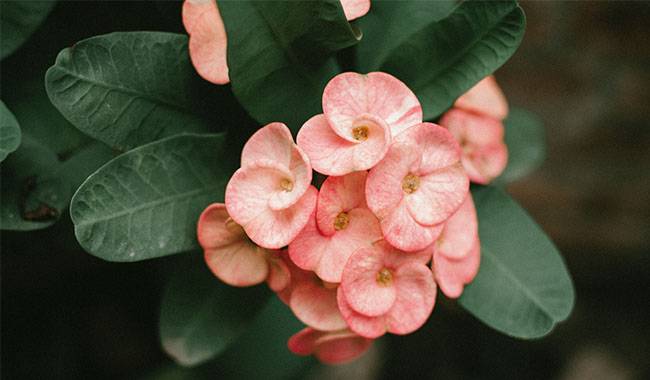
Fertilizer
If fertilizer is applied right, plants will have a better appearance and be more tolerant of adverse external influences.
Fertilize every 4 weeks from mid-April to early September. Use a liquid cactus fertilizer diluted several times. Water the shrubs before fertilizing. Do this in the evening or during cloudy days.
Euphorbia Milii transplanting
Transplant young Euphorbia Milii every spring as long as they are young. Older shrubs should undergo this procedure every 2.5 years. Injured roots should be pruned.
The cross-section of the new container should be 20 mm larger than the old one. Place a drainage layer in the bottom of the container and cover it with a small amount of substrate. Place the shrub in the pot and fill all the empty spaces with potting soil until it is about 20 mm from the top edge of the pot. The growing points should not be submerged.
Water the shrub and leave it in a cool place for a few days. This is where it will be able to root properly. 18 to 20 days later, you can apply the first fertilizer.
Pruning
Euphorbia Milii miles need timely pruning to rejuvenate and regenerate. During the first days of March, shorten all sticking out, dead, and weakened stems by 1/2 the length. This will promote the growth of young branches and make the plant denser.
Once some of the stems have been cut, clean the cut with a damp cloth. Once the cut has dried slightly, treat it with charcoal powder. Protect your hands with gloves to prevent contact with the toxic sap.
Flowering
This flowering shrub looks quite spectacular and blooms for months. They can bloom all year round but should be allowed to rest in a cooler room during the winter.
The plant is dicotyledonous. During flowering, it is decorated with single, very small flowers that are part of an inflorescence called cyathia. The inflorescence consists of several male flowers with stamens and one female flower.
Near each flower are several small glands that secrete nectar. The inflorescence is wrapped with unusual rounded bracts on the outer surface, which can be scarlet, cream, pink, coral, or purple. Inexperienced growers mistake them for petals.
The size and color of the bracts are influenced not only by the plant species but also by its care. The flowers cannot pollinate themselves. For this reason, several plants are planted next to each other to produce seeds.
Dormant period
Although this plant blooms almost all year round, it needs a good rest. During the rest period, the shrub will rest and recover so that its flowers will be more vibrant and lush.
Euphorbia Milii gets a rest during the winter period. Bring it to a shady spot and winter it at around 53 °F (12°C). No fertilizer is applied at this time, and watering should be very sparingly every 30 days. During the last days of February, the bush will gradually become accustomed to bright light and warm conditions.
A. Can I leave it alone during the holiday season?
The plant can survive up to 30 days without the grower’s attention; therefore, it is safe to go on vacation. However, before leaving, the shrub should be well watered and stored away from wind and sunlight.
Propagation of Euphorbia Milii
Cuttings propagate indoor Euphorbia Milii in spring. However, cuttings can be harvested at any time of the year if rot has developed in the bush. In this case, the plant can only be preserved by cuttings.
The cuttings should be 6 inches (15 cm) in length, and each should have at least three leaves. The cuttings need to be cleaned and wiped. Otherwise, the sap will tighten the wound and make rooting more difficult. Leave the plugs in a dry and dark place for a few days to allow a film to form on the plugs.
Plant the plugs in a mixture of sand and peat for rooting at an optimal temperature of about 68 °F (20 °C). When short roots have formed, and 2 or 3 additional young leaf plates have formed, plant the bush in a permanent container.
COMMON PROBLEMS IN GROWING EUPHORBIA MILII
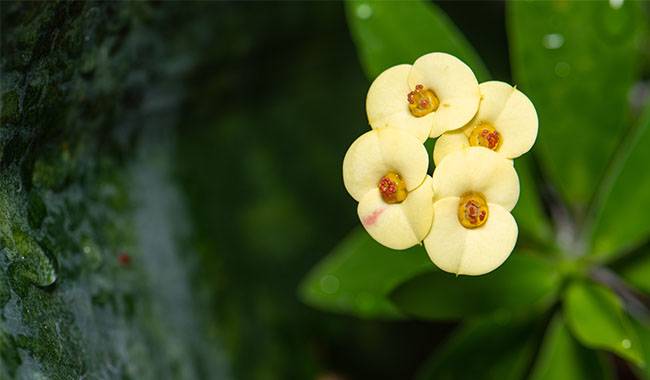
The hybrid Euphorbia Milii has a fairly high resistance to pests and diseases. However, it sometimes has problems, such as.
- Lower leaf plates fall off. This is natural on mature shrubs and should not be a concern. On a young plant, this is due to the substrate being too dry or stagnant. This problem can also occur if the room is cold.
- Rot on the pat. A fungal disease is caused by too much water or too much nitrogen in the substrate, poor drainage, or lack of heat and light. Do not water the shrub; treat with a fungicide; plant in fresh potting soil with a thick drainage layer; place the plant in a bright and warm place.
- Lack of flowering. Overly spacious containers; insufficient light; lack of nutrients due to the dense growth of lateral branches. Plant in a smaller pot; move to a well-lit place; cut off side branches.
- Withered foliage. Poorly watered.
- Black or brown spots on leaves. Fungal disease. Spray with fungicide.
- The tips of the leaves turn yellow. Inadequate watering or severe calcium deficiency.
- Thin cobwebs appear on the bushes. If the humidity in the room is too low, it will be infested with spider mites. Wipe the plant with a soap solution and give it a hot bath. Moisten systematically with a sprinkler.
- Leaf flakes will buckle, dry out and fall off. Powdery mildew is attacked. Wipe all parts of the shrub with a soap solution and wash under the shower. Spray it with a solution of ACTELLIC – Insecticide.
- Insect infestation. Euphorbia Milii is infested with scab, rootworms, whiteflies, spider mites, aphids, and thrips.
EUPHORBIA MILII VARIETIES
Euphorbia Milii hybridizers continue to introduce dazzling new varieties. Look for plants that are in bloom, so you know exactly what you’re getting. Local nurseries typically carry only a few varieties, and mail-order catalogs are a good place to look for unusual hybrids. Here are some to try.
- Brush Fire has thick, fleshy leaves and bright red flowers.
- Creme Supreme has straps, like leaves and creamy white flowers.
- Short and Sweet has beautiful red flowers that will reach 12 to 18 inches tall.
- ‘California Hybrids’ are bred for thick stems and large flowers. They are sometimes labeled as the giant Euphorbia Milii. Two varieties suitable for growing outdoors are ‘Rosalie’ and ‘Saturnus.’
More Related Information About Planting & Growing Succulent Plants




